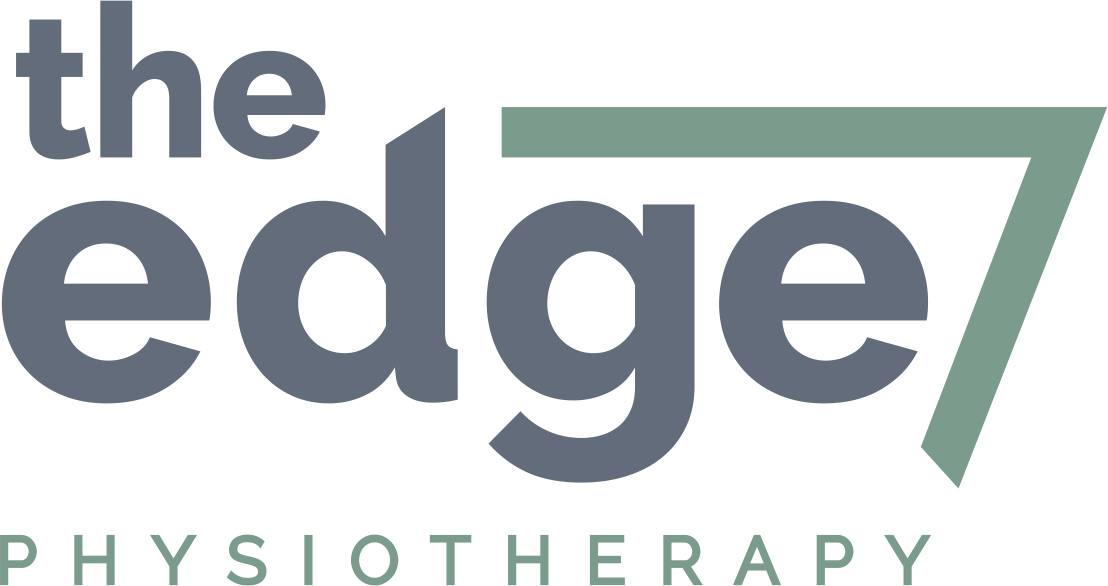Telehealth
Barriers with access to healthcare have always been there, whether it be distance, money, time and many others, at this point in time the COVID-19 pandemic is just another factor in the mix. Musculoskeletal conditions are one of the leading causes of global mortality, and traditional modes of face-to-face consultations have been threatened with the pandemic. Telehealth, which is healthcare delivered using information and communication technology, has most recently come into it’s own as a viable means of crossing this barrier.
Tradionalitionlly you may think that musculoskeletal physiotherapy is largely manual therapy. You couldn’t be more wrong, as we have forayed into the world of Telehealth I have patients who are opting for this option more and more as they learn what it’s all about. Keeping in mind the additional issues with engagement in technology including age, level of education and computer literacy, Telehealth still has much to offer.
In my view, the ability to utilise Telehealth as a practitioner is dependent on your skill level and years in the industry. Overtime, therapists build a wealth of knowledge having seen and treated many of and the same conditions over and over again, we get a six sense for treatment. As such, we can more often than not, diagnose a condition based on the patient history alone, manual testing is a means of further quantifying our hypothesis. The vast majority of research surrounding the treatment and management of conditions is still largely supportive of exercise programs as the most effective means of treatment. With further adds to the argument that Telehealth is a viable means of treatment in the physio world.
Our Telehealth sessions are conducted over video via our clinical practice software “Cliniko”, we schedule in an appointment and the patient is emailed a video link that they can click on to bring them face to face with the practitioner. No software on their part required, just a computer or phone with a camera and microphone. We take anywhere from 30-45mins during a consult and this can include visual aids, demonstrations on the part of the practitioner, and visual assessment.
These last weeks I have had to use this software more and more with patients unable to come to a session and overall people are very happy with what it is providing. While not without it’s challenges, I feel that Telehealth will become ever more popular as these barriers to care will not go away anytime soon. And while a bit daunting as it is challenging what our notions of what physiotherapy is, it would be silly of us as practitioners, not to engage in something because it is new or we don’t understand it.

